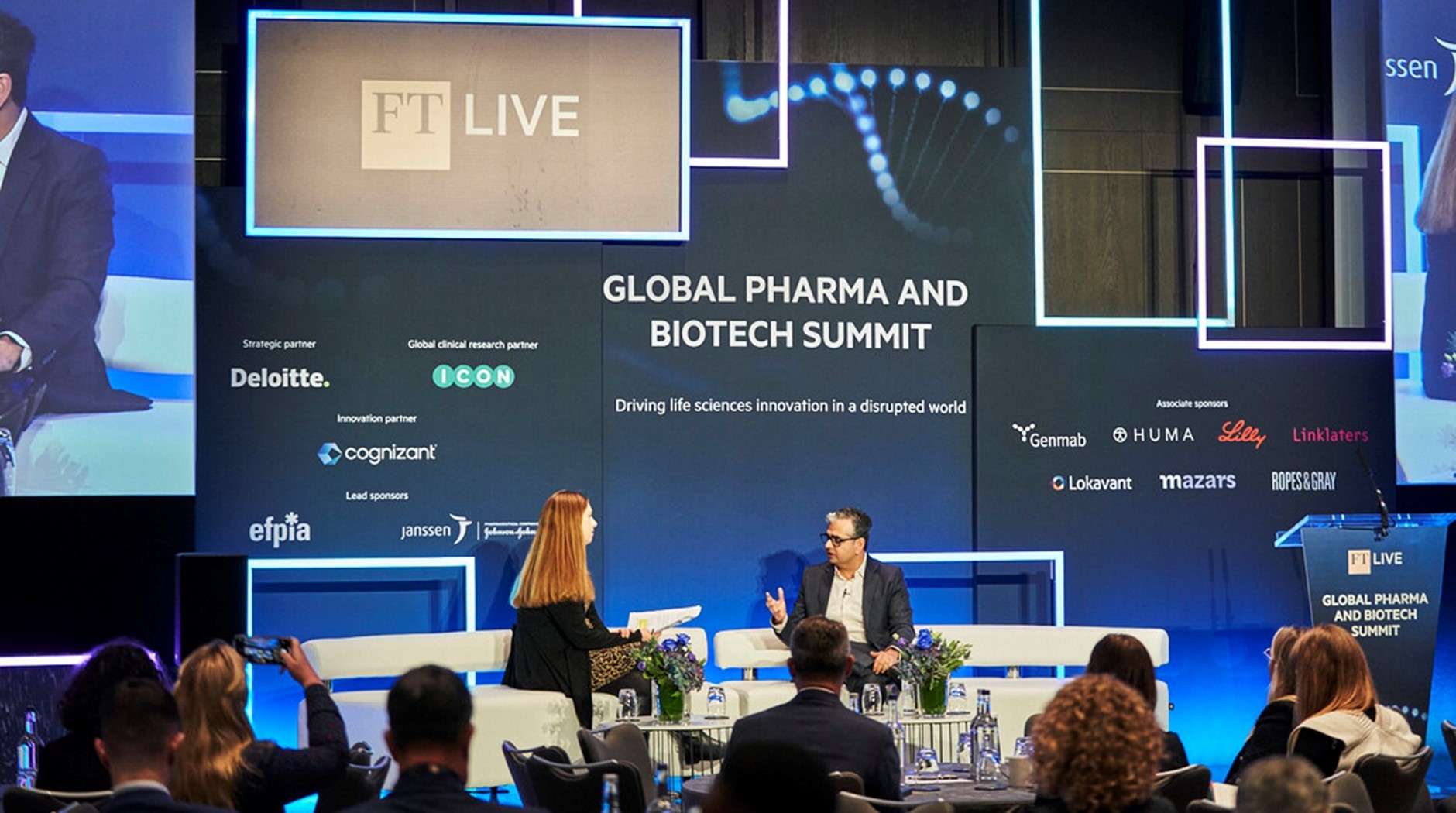Three big roadblocks to AI adoption—and how to overcome them
There’s no question that Life Sciences businesses will have to master AI to stay competitive: an overwhelming majority of respondents to a survey we conducted said AI would impact their organization and the industry. But in large enterprises particularly, adoption is currently being hampered by three big roadblocks.
- Trust: There’s a wariness around AI; a fear that it will take people’s jobs. There’s also anxiety around the perceived shortcomings of large language models (LLMs) like ChatGPT; that they hallucinate, and produce garbage. These are natural human responses to technology that’s evolving at a dizzying rate.
However, rather than taking jobs, AI will bring new capabilities—just look at Vstream Health, a startup that’s combining VR and AI to create digital therapies. And the teething problems with hallucinations can be overcome by grounding responses with specific data using vector databases.
- Skills: Another roadblock has traditionally been the scarcity of hard tech skills needed to build and train AI applications. But generative AI works differently lowering the barriers to basic proficiency and demanding more "human skills", like prompt engineering, in place of coding and data science (not that they disappear but instead co-exist with these newer skills). In fact, at Cognizant, we’ve seen a huge increase in job openings for prompt engineers to work on client projects. And so, organisations need to shift their focus towards increased AI literacy and fostering an AI friendly culture.
- Risk: As with any disruptive new technology, there are natural concerns around risk and governance. Ethics is one side, requiring robust decision-making about acceptable and unacceptable uses of AI. On the risk side, new threats are already emerging, like prompt injection; a way of circumventing built-in controls to get AI to do things it’s not meant to do.
However, these challenges are not insurmountable and best practices are fast emerging around risk management, ethics and patient safety. Almost every client we speak to is concerned with putting in a responsible AI framework that supports innovation while mitigating risk. This is the way forward, rather than being overly circumspect of the AI revolution and seeing competitors and startups take the lead.
How to set and execute a winning AI strategy
So how do organisations overcome these roadblocks and harness the potential of AI? In our work with Life Sciences businesses, we focus on two key areas: picking the right battles and putting the right foundations in place to make AI adoption a reality.
Picking the right battles
It’s easy to get distracted by exciting new tools and use cases and by what competitors are doing, but in drawing up strategy it’s essential to stay hyper-focused on what the business wants to achieve. A laser-focused approach will ensure AI is always deployed in support of core business goals, whether it's developing a vaccine or targeting therapy whitespace in oncology.
By the same token, strategy must also be agile, capable of responding swiftly to changes in business objectives. An agile, focused strategy requires leaders to make the right calls quickly, which necessitates a decision-making framework. A robust framework involves questions like: Does the use case meet our primary objectives? Can the opportunity be addressed with AI? Do we have the right capabilities in place? Is the project within our responsible AI guardrails, and is the ROI worth it?
Putting the right foundations in place
AI and data have the potential to vastly alter the way Life Sciences companies do business, perhaps especially in the R&D phases. To give just one example, Novartis Data42 has brought together image, omics and clinical data from 2,000+ clinical studies to discover new correlations between diseases and drugs; an incredible foundation for applying AI.
The organization must be ready to take advantage of opportunities like this, which means ensuring the right ecosystem is in place, the right technical capabilities are available and the right structure is implemented.
Ecosystem partnerships will be vital for tapping into the right information, networks and skills quickly. On the skills side, as generative AI shifts the balance away from hard tech skills towards more creative and judgment-oriented skills such as designing human-like interactions and experiences, we’re going to see rapidly-increasing demand for people with backgrounds in anthropology, sociology, psychology and design. Partnerships can accelerate access to that kind of expertise, which will be crucial in fields like patient engagement.
Further, companies must establish strong data foundations to support AI applications effectively. These data foundations are vital not only for amplifying the value of AI but also for expediting the path to return on investment. Particularly with GenAI and the volumes of data that need to be curated to deliver organisational specificity, it’s critical that a connected data environment with semantic knowledge (a data fabric for example) is part of the strategy. Safeguarding that data will continue to be paramount and businesses will need to bake security and privacy as a core function, right down to the technology foundations. Classification, control, governance and a strong security posture are the most basic table stakes and 77% of organisations are looking to improve their ability to classify data and enforce data security and privacy controls.
In terms of structure, there’s debate over whether enterprise AI capability should be centralized or distributed. Indeed 96% of executives we surveyed opted for some degree of centralization. Our view is that centralized oversight with democratized, cross-organizational access to the tools is the way to enable rapid innovation without increasing risk. The central function can then act as an accelerator, ensuring the right resources are available to the right teams to create competitive advantage.
We are at the tipping point
It’s increasingly clear that we’ve reached a tipping point with AI, where innovations like LLMs are starting to radically transform the business and economics of Life Sciences. There’s almost no going back now: organizations that fail to adopt AI at scale will be overtaken by competitors able to move many times faster.




















